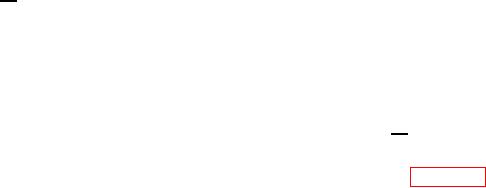
TM 1-1500-204-23-11
2 Limitations. The pulse-echo technique
of requiring access to only one side of the test article.
suffers many of the limitations of the through trans-
The major disadvantage of pulse-echo compared to
mission ultrasonic technique, i.e., the need for cou-
through transmission testing is that it is more affected
pling to the test article, the insensitivity to laws that
by the acoustic attenuation properties of composites.
are non-perpendicular to the beam, the dificulty of
Because the sound must traverse the material twice,
inspecting parts with hybrid conigurations or complex
it is more likely that laws will be obscured by relec-
geometries, the need for reliable reference standards,
tion and scattering.
and the high dependency on operator skill. Pulse-echo
NDI has the added disadvantage that laws located
3 Test Display. The A-scan and C-scan
close to the surface of the part are usually obscured
methods of presentation covered under through trans-
by near surface resolution losses. One advantage of
mission ultrasonics are also used to display pulse-echo
the pulse-echo method over through transmissions is
information. Figure 5-2 shows typical pulse-echo
that the A-scan presentation can be used to reveal
A-scan presentation CRT displays for the defects
both the presence of a defect and its location relative
indicated.
to the surface of the part. It also has the advantages
5-5

